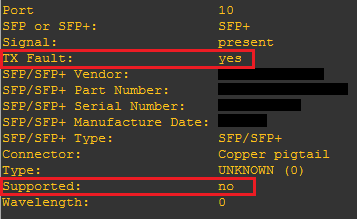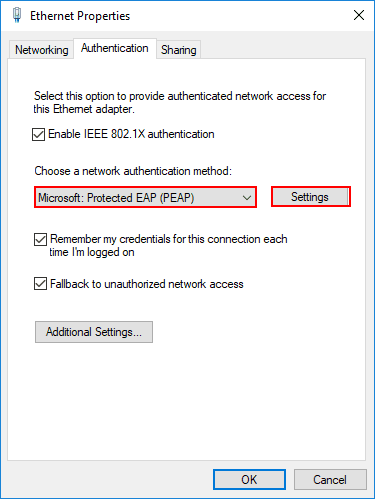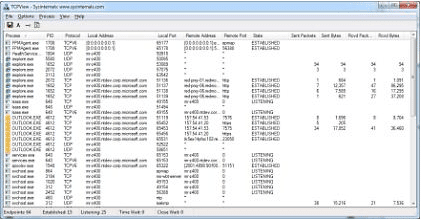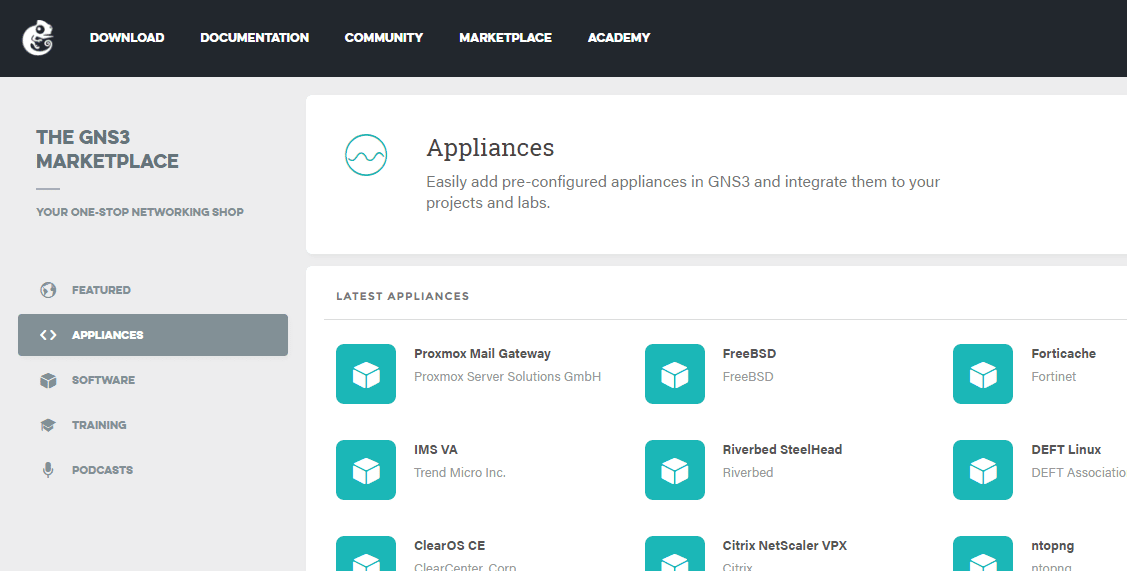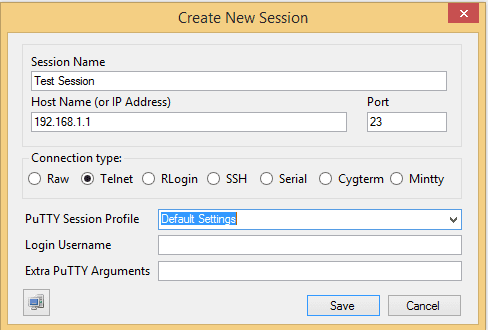Copper 10g Twinax cables not linking
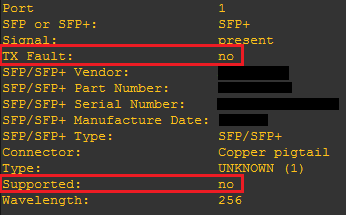
Most by now are running 10g network connections at least in the core network or especially in virtualization environments with top of rack switches aggregating network traffic from ESXi hosts. I ran into an issue recently with copper 10g twinax cables not linking between an Extreme switch and some Broadcom/QLogic cards in a couple of Windows 2012 R2 servers. Let’s take a look at some considerations when you are thinking about purchasing 10g twinax cables.
Copper 10g Twinax cables not linking
First of all, most of us always look for a deal when it comes to purchasing cabling of any sort. However, there are some considerations before doing that with copper twinax cabling. Most manufacturers have certified or branded twinax cables that they certify to be compatible with their products. In fact many switch manufacturers will even go as far as saying they won’t support twinax cables that are not the vendor branded cables.
Case in point, with Extreme, you can check the cable and optics plugged into a port to see if they are supported cables or not. Let’s take a look at some output from this command as food for thought. Many other switch vendors have commands similar to this to check optics and compatibility.
debug hal show optic-info port <port number>
The above command will display output similar to the following. Note this is a working twinax cable that links up just fine. However, notice the Supported field. Also, notice the TX Fault field. It shows no. And the cable indeed has no issues linking.
However, notice on another port, the same output for the cable that does not link. The TX Fault field is set to yes. The Supported field is no on this cable as well.
Thoughts
The moral of the story here is that while we all love a good deal on cabling, when it comes to the tolerances and signaling compatibility that 10g requires to establish reliable links, cutting corners to buy a cheaper cable instead of vendor branded cables that are supported, can make your life miserable. It can lead to chasing down link problems and not having the support you need from the vendor as they will always point to something that is 3rd party as being the issue, even if it is not. So you may get lucky buying “no name” twinax cables, but think about having to fight an issue of Copper 10g Twinax cables not linking and you may rethink this.


